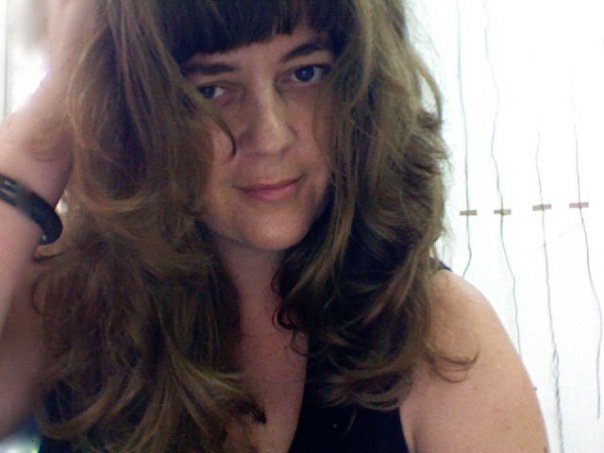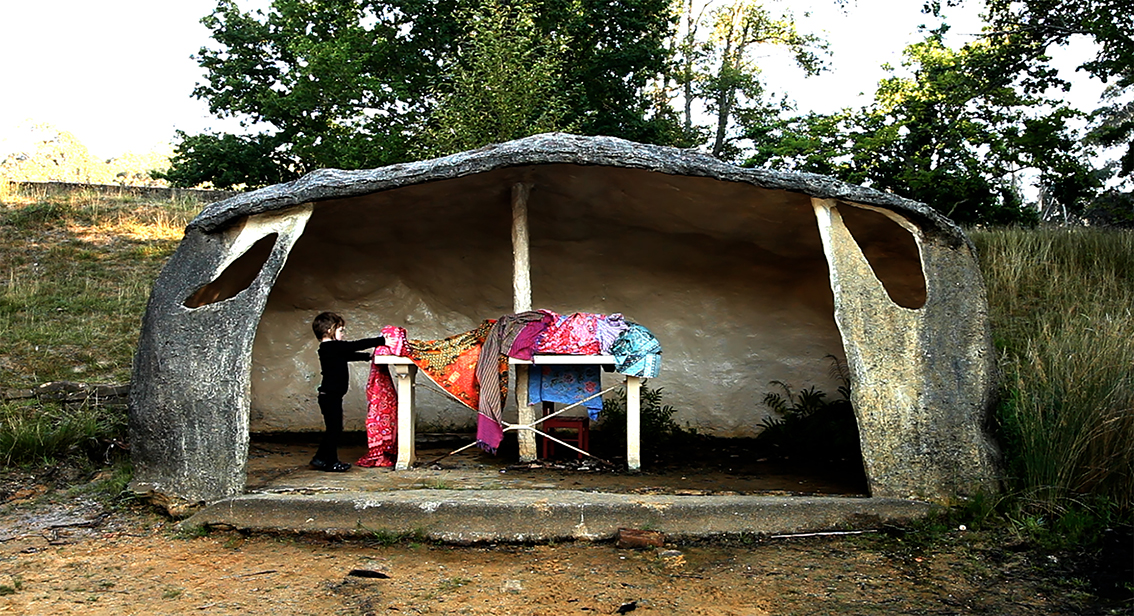Hayley West’s practice relates to a lived awareness of death and memorial, working with sculpture, video, performance and installation. Her research explores the realities of grief through personal experiences and artistic practice, focusing on the inevitability of one’s own death and the impact on those remaining. Hayley has a Masters by Research (visual art) from Charles Darwin University and a Bachelor of Fine Arts (sculpture) from RMIT and has exhibited nationally for over 15 years.
Residencies include: Waaw Studios, Saint-Louis, Senegal; ACME Studios, London UK – Australia Council for the Arts; Cité Internationale des Arts Studio, Paris France – Art Gallery of NSW; Hill End Artists in Residence Program – Bathurst Regional Art Gallery NSW; and Lost Generation Space Artist in Residence Program, Kuala Lumpur, Malaysia.
Awards include: Australian Post-Graduate Scholarship (APA); Ian Potter Cultural Trust Travel Grant - Ian Potter Foundation; Janet Holmes à Court Grant - NAVA; Volunteer Service Officer Coordinator appointment Australian Pavilions, Venice Biennale Italy - Australia Council for the Arts; Professional Development Grant & Presentation & Promotion Grant - Arts NT; New Work Emerging Artists Grant - Australia Council for the Arts.
Hayley runs the studio/death shop The Departure, is a Death Literacy Advocate, member of the Natural Death Advocacy Network and has co-hosted Death Cafés since 2014 in the Blue Mountains, Canberra, Senegal and now Castlemaine.
1 million years
Hayley West, 2014
Digital moving image; duration 6 minutes 36 seconds
Directed by: Asha Richardson
Filmed and Edited by: Peta Khan & Leigh Bramall, Maitree House
The title 1 million years is derived from a simple childhood phrase from my daughter, her monumental exaggeration of devotion: ‘I will love you for a million years!’ A commitment that will endure from the grave.
I lay motionless on a bench in a concrete grotto in Katoomba, a melancholy and intimate space for the contemplation of one’s own mortality. My then 4 year-old daughter, Ramona, caringly shrouds my body with sarongs, symbolic of my past life (and her birth) in Darwin. I remain still throughout. As the shrouding progresses my head eventually too is covered and I am forced to succumb to blindness and abandon all control. The act of remaining still or playing dead symbolically infers a death; in reality I would not get up if I were dead. I had become silent, an absent mother. As cicadas are capable of ‘resurrection’ they became an apt metaphor for immortality. While Ramona plays with the exoskeletons by the lake we can perhaps lament that one day she will discover that she is in fact mortal. She must separate from her mother and individuate in order to thrive before she takes her final breath.
--------


